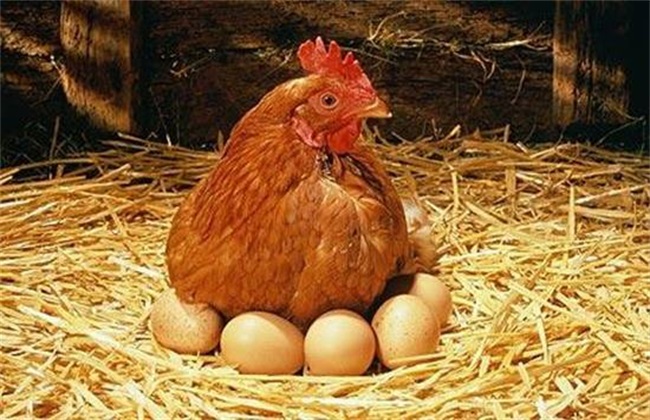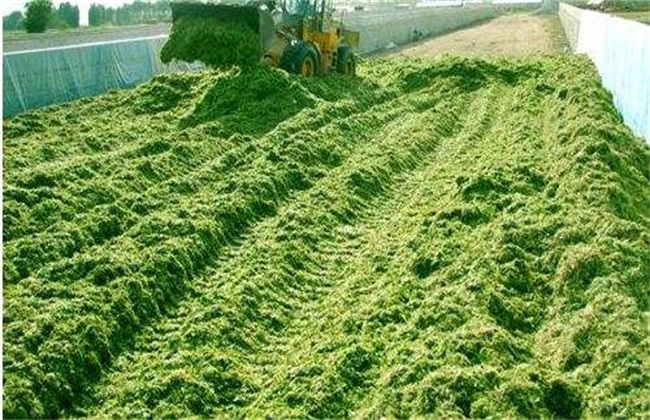How to reduce the feed cost of layers? Measures to reduce the feed cost of laying hens
Chickens are a very common poultry breeding project in China, and the breeding area of laying hens is also relatively large. When raising chickens, the feed cost is relatively high, and the feed cost generally occupies about 65% of the total cost of breeding. If the feed is wasted, it will increase the cost of breeding. Therefore, reducing the feed cost of chickens is the key to improving the efficiency of breeding, so how can we reduce the feed cost of chickens? Let's take a look below!

1. High-yield chicken breeds
When we breed laying hens, the choice of chicken breed is very important. Under the same breeding environment and conditions, the yield of high-yield chicken is definitely higher than that of ordinary chicken. For some chickens with low levels of production performance, production performance is affected by production potential. The yield cannot be greatly improved, even if it is fed with some feed with high nutritional level, the effect cannot be fully exerted, and the proportion of feed and egg production is unbalanced, resulting in feed waste. Therefore, raising high-yield chicken breeds is a key measure to reduce feed costs.
2. Complete feed
When raising broilers, the choice of feed is very important if you want to reduce feed costs. If the nutrient ratio of the feed is unbalanced or the proportion is out of balance, especially if the crude protein level is not high, then the utilization conversion rate of the feed will definitely be reduced, resulting in death and waste. Therefore, when we are raising, we should combine some high-quality feeds according to the local market and the actual situation of the chickens, formulate feeds suitable for the growth of laying hens, and feed them with complete feeds. Ensure the healthy growth of laying hens, improve the utilization rate of feed, and reduce feed costs.
3. Feeding methods
When feeding, pay attention to dry powder should not be too fine, otherwise it is easy to scatter and lead to waste. When feeding wet mix, it should be based on the principle of fresh mix and feed, and should not be stored for too long. Especially in summer, because the temperature is higher, it is easy to cause the wet mix to deteriorate and rancid, and it is easy to freeze in winter. When feeding, a small amount of multi-feed, in order to regular quantitative principle, batch feeding, to ensure that after eating, no residue in the trough. Each time you add food, keep it at most half the size of the trough. Avoid chickens throwing out feed when eating, resulting in waste of feed.
4. Feed preservation
If you want to reduce the cost of feed, then the preservation of feed is also very important. If the feed farm is wet, then the feed is very easy to deteriorate and moldy, and the temperature is too high and it is easy to cause pests, resulting in the feed cannot be used. Moreover, if the feed is exposed to direct sunlight, it will cause the loss of nutrients such as vitamins in the feed and reduce the quality of the feed. Therefore, whether it is self-prepared feed or outsourcing, we must do a good job of preservation. Each time the amount of feed storage should not be too much, storage time should be kept in half a month or so, if high temperature and humidity, not more than 10 days. Feed should keep a certain distance from the ground, improve the ventilation capacity of the warehouse, keep dry and avoid direct sunlight.
The above is a simple introduction to how to reduce the cost of layer feed. Today's introduction is here, this article is for reference only, I hope to help everyone oh!
Related
- On the eggshell is a badge full of pride. British Poultry Egg Market and Consumer observation
- British study: 72% of Britons are willing to buy native eggs raised by insects
- Guidelines for friendly egg production revised the increase of space in chicken sheds can not be forced to change feathers and lay eggs.
- Risk of delay in customs clearance Australia suspends lobster exports to China
- Pig semen-the Vector of virus Transmission (4)
- Pig semen-the Vector of virus Transmission (3)
- Five common causes of difficult control of classical swine fever in clinic and their countermeasures
- Foot-and-mouth disease is the most effective way to prevent it!
- PED is the number one killer of piglets and has to be guarded against in autumn and winter.
- What is "yellow fat pig"? Have you ever heard the pig collector talk about "yellow fat pig"?



